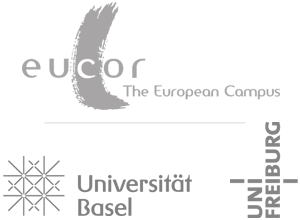Mareike Wulff (Humboldt University, Berlin): Interdisciplinary Ethnographic Language Documentation in Bhutan (Lecture Series “Language, Communication & Cognition”)
| Lecturer(s) | Mareike Wulff |
| Contact person | Uta Reinöhl |
| uta.reinoehl@linguistik.uni-freiburg.de | |
| Date | Thursday, 15th May 2025, 14:15 - 15:45 |
| Location | KG I, HS 1016 Freiburg Germany |
Interdisciplinary Ethnographic Language Documentation in Bhutan
Vernacular Architecture among the Lhohtam speakers in Bhutan
In my talk, I will discuss interdisciplinary ethnographic language documentation and will illustrate this by field examples from the Lhohtam speaking community in Bhutan constructing a traditional bamboo stilt house. As socio-cultural anthropologists, we aim to understand small-scale communities in a holistic way by looking at the complex life worlds of their people. We combine research on their cultural practices, beliefs, the communities’ material worlds and environments, historical and social context in combination and relation to each other in order to gain an overall understanding of the community. This coincides with the descriptive and historical linguists’ approach of aiming to understand a language in its entirety by examining various genres, of covering different areas of life and the diversity of speakers, as well as relating to other languages in a diachronic and/or synchronic approach. Although the research outputs of linguists and anthropologists may differ, the data base in which their research is grounded overlaps significantly. Language and actual human beings’ lives as manifested in their practices and concepts are inseparable. I will talk about of how video-documenting the entire construction of a traditional bamboo stilt house in the Lhop community, digs deep into the linguistic and social worlds of the Lhohtam speakers. Visual documentation of practices add layers of information to spoken language. Language and orality is set in context and relation to body movements, proxemics of speakers among each other, towards non-human beings and the environment and the use of and discussion about material culture. I will explain the technicality of a multi-day documentation which takes place in various places and with several people involved simultaneously, and give examples of the topics involved ranging from the collection of building materials, labour division, exercised rituals, tools and architectural features of the house among others.
More information and zoom link can be found here: http://www.hpcl.uni-freiburg.de/index.php?id=598&language=en.
